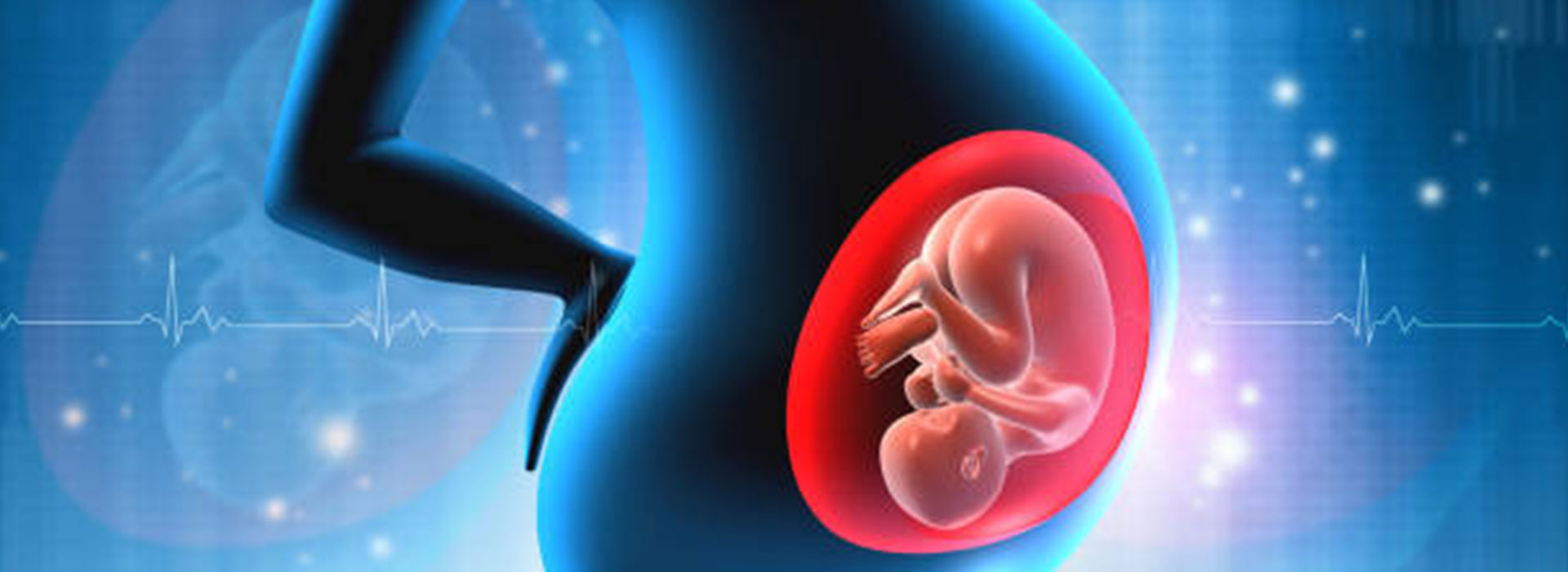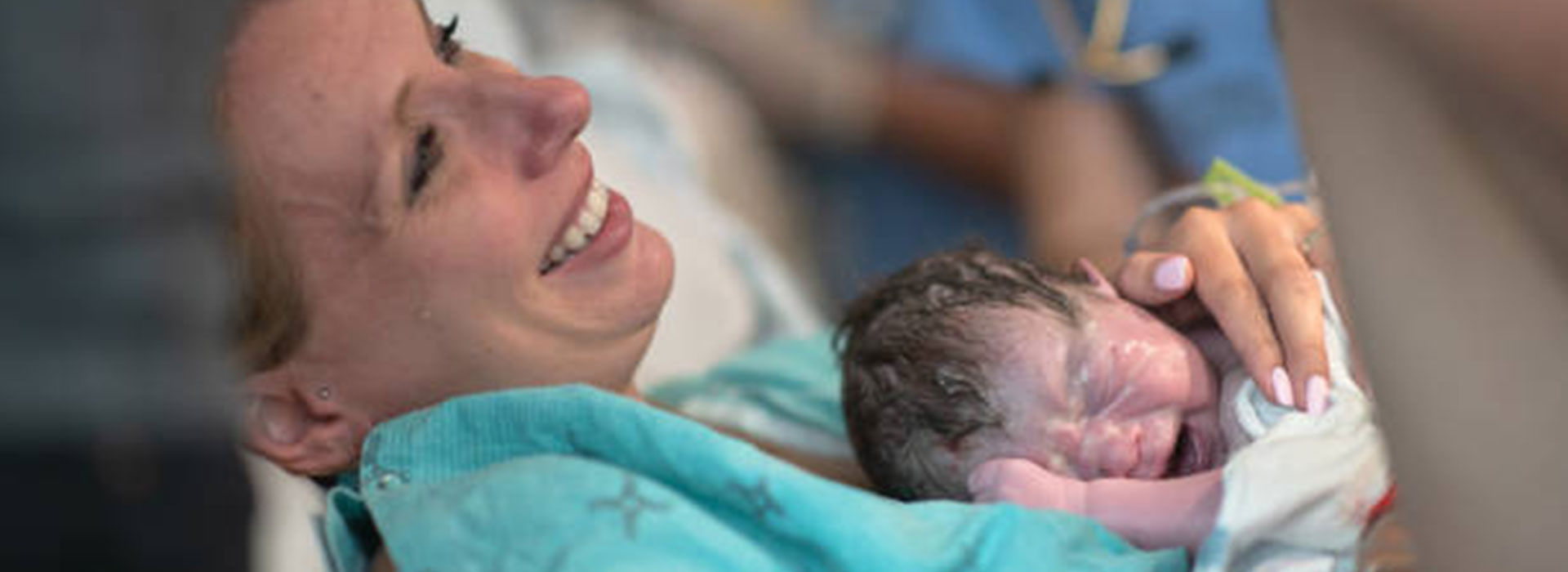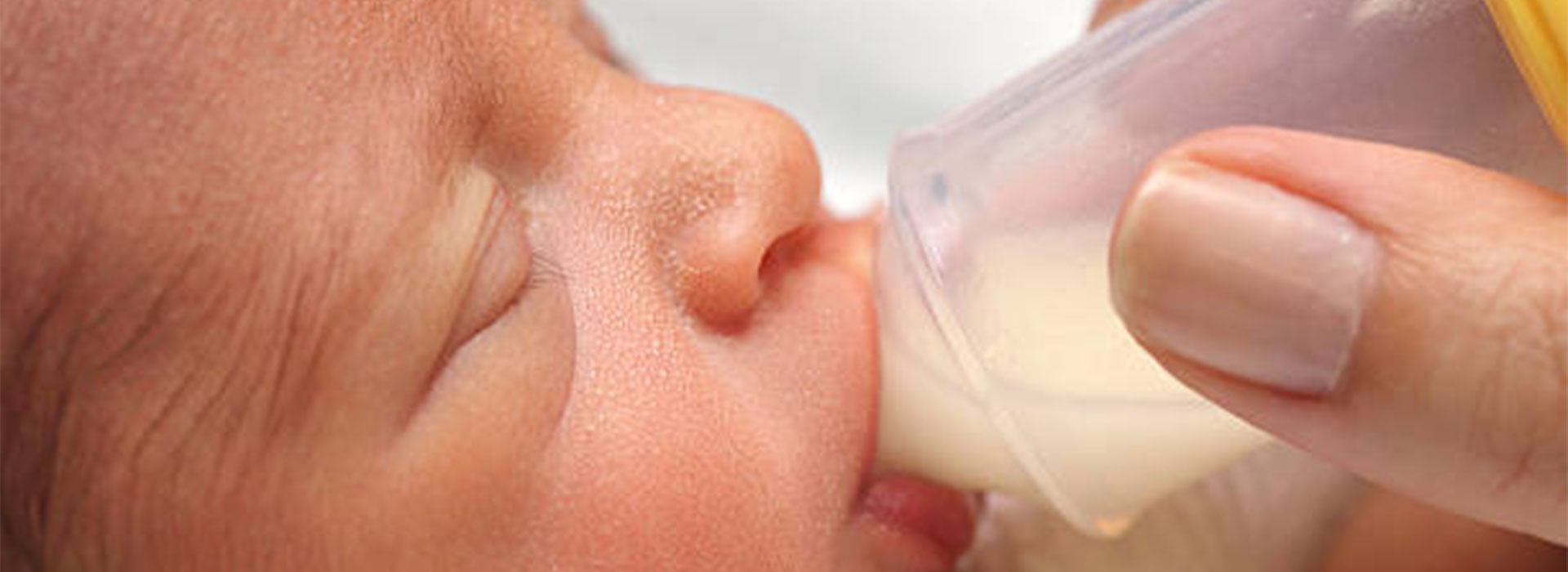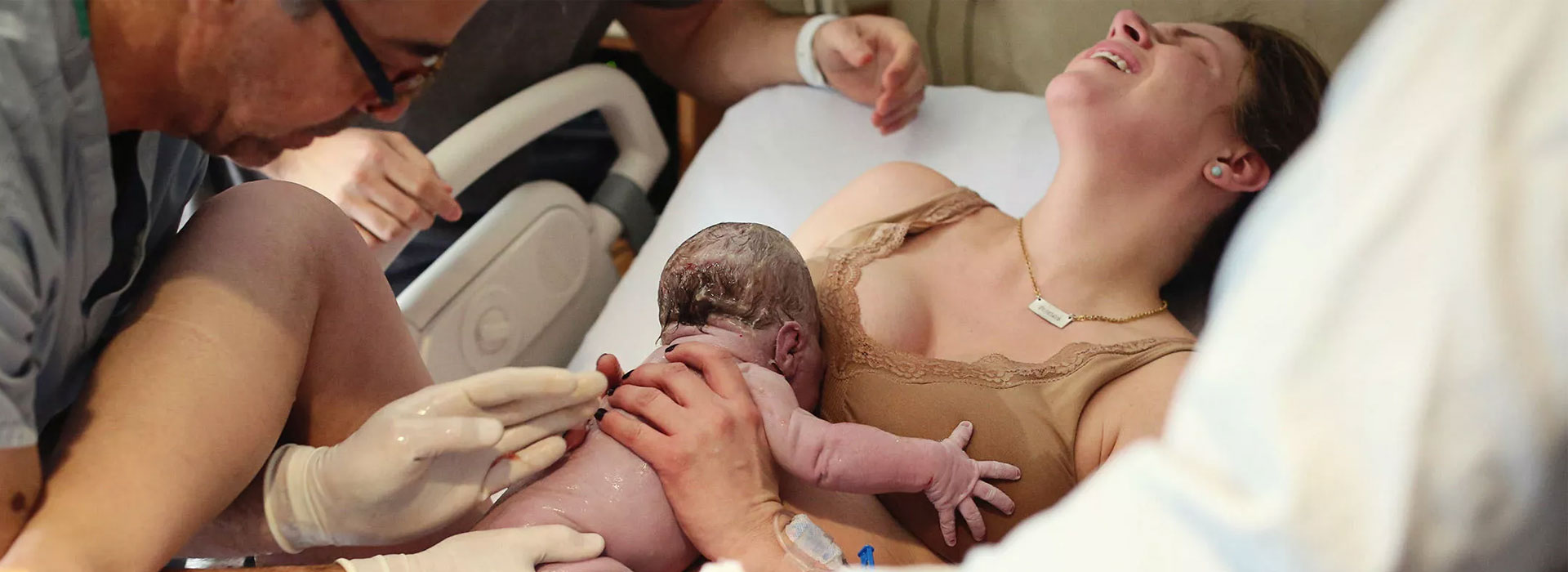Andy Gesell Stages and Phases of
Development
In
the early 20th century, Dr. Andy Gessel observed that right from infancy, all
children go through similar stages or
sequences of development, at their own pace. This is also known as the
maturational-developmental theory.
Gesell
recognised that several factors affect the development of a child:
●
Genetics
●
Temperament
●
Personality
●
Learning
styles
●
Physical
and mental growth.
●
Environment
●
Family
background
●
Parenting
styles
●
Cultural
influences
●
Health
conditions
●
Early
experiences with peers and adults
This begins right at birth, when for example, a baby’s
eyes at birth roam around aimlessly but after a few hours or days they can look
at objects for a brief period of time. This pattern is common to all babies,
even if they do it at their own pace. Similarly, babies tend to have a crude
grasp at around 6 months while they develop a pincer grasp around 10 months
old. The exact age may vary, but there is a sequential development, where
changes can be seen as often as weekly. Gesell was very clear that even babies
can self-regulate their own development and have the innate ability to develop
at the rate they need to. So, the baby’s development is not fully dependent on
the parents and its sleep and feeding cues should be followed, rather than what
the parents think they “should” be doing.
For toddlers and older children, Gesell developed the
concept of 6 stages of development that occur repeatedly. There are some
periods of equilibrium, where the child is having a smooth and easy period with
itself and the world. These are followed by stages of disequilibrium which are
disturbed and troubled. He divided these stages by age but at the same time
emphasised that each child is an individual and may not follow these exact
ages, but the sequence remains the same.
From the chart above, it is visible that at ages 2, 5 and 10 years are periods of equilibrium. But we can also see that the smoothness of a 2 year old breaks off within six months, at 2.5 years, into a state of dis-equilibrium. The 5 year old is in equilibrium, while the 5.5 year old is in dis-equilibrium. Similarly, the 10 year old is calm while the 11 year old seems at odds with itself and the world.
Each of the above-mentioned stages is followed by a period of equilibrium, where at ages 3, 6.5 and 12 years respectively, the child is happy with itself and the world around it.
There are also two other factors Gesell introduced into these periods of development - being inwardized and being outwardized. In stages of inwardization at 3.5, 7 and 13 years, the child takes in impressions and experiences from the outer world, mulls them over and takes them in. It is the toughest at 3.5 years of age, where the toddler is emotionally unstable, fearful, whiny, stuttering and stumbling. 7 year olds and 13 year olds and better equipped to adapt to this stage and display the inwardization through sensitivity, touchiness, withdrawal, moroseness and pessimistic behaviours.
The
outwardization is a period where the child is expansive and outgoing. The 4
year old might even endanger himself by, for example, wandering off, the 8 year
old may want to cycle across the road regardless of oncoming traffic and the 14
year old may be struggling with its social life.
The ages of 4.5 years, 9 years and 15 years are periods of dis-equilibrium, where behaviours become less outgoing and the child seems troubled. And the cycle continues when equilibrium is established at ages 5, 10 and 16.
To sum it up, Gesell proposed that
right from infancy into the teenage years, babies, children and teens go
through 6 phases of equilibrium and relative calm and then the troubled,
disturbed phases of dis-equilibrium. There are ages when they focus inwards,
while there are ages where they may be more outgoing. This helps parents
navigate their children’s moods, emotions, behaviours, needs and wants.
What parents
can learn from Gesell’s stages and phases of development
It is important that we, as
parents, recognise what stage of development our toddler, child or teen is
going through, to be able to best support them.
- When our child is in a period of equilibrium, we can
recognise that this will be followed by a marked period of
dis-equilibrium, where we have to support our child according to his/her
developmental needs. Rather than feeling confused, annoyed or even angry,
we can become more compassionate, understanding and help our children
through the adaptations that come with dis-equilibrium, because we know
that behaviours that have been commonly labelled as “naughty” or “bad” are
in fact, developmentally appropriate and will pass.
- This cycle of six stages also teaches us that we
should not expect behaviour that is developmentally inappropriate, be it
rushing a baby to sit up or walk “as soon as possible” or expecting an 8
year old to make wise decisions while being in a state of dis-equilibrium.
- The development of our children, while it is
influenced by our genes and the environment and stimulus we provide, is
ultimately self-regulated. We should not expect them to do too much, too
fast or try to alter their behaviour rather than understanding it - they
have innate developmental stages and mechanisms and pushing them will have
negative effects, rather than helping them get ahead of other babies,
children or teens.
Gesell’s
studies can help us be better parents and appreciate the wonder of development
and growth our children go through.





